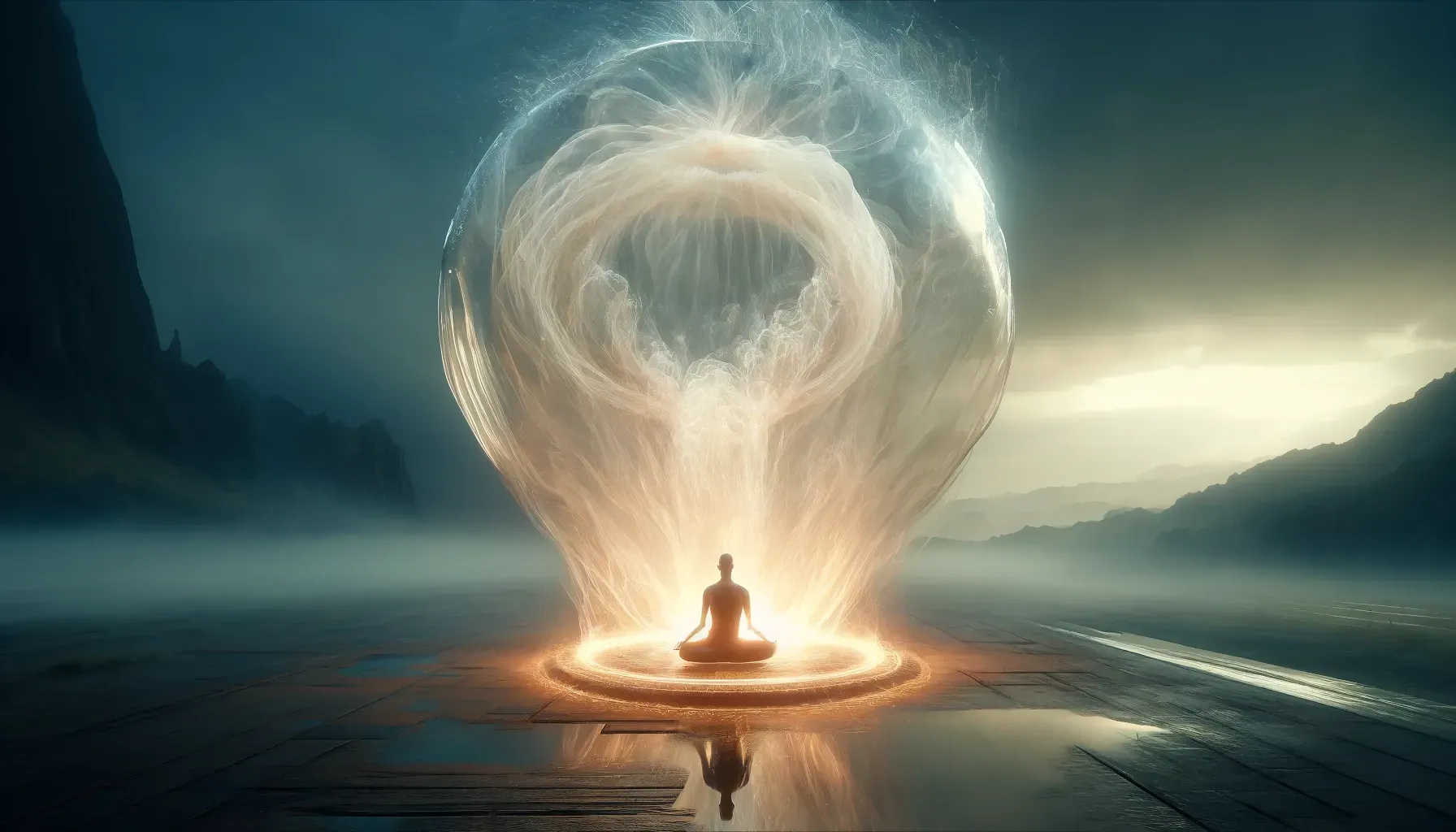Bottom Dropping Out of the Bucket
The Zen expression, “the bottom drops out of the bucket,” is an image of an enlightenment experience, in which the sense of personal self leaves the mind. The expression springs from the story of a certain Chiyono, a servant in a Zen monastery, who was advised by a nun to practice zazen. Chiyono was enlightened after only a few months while carrying water from a monastery well. She wrote about her enlightenment, “With this and that I tried to keep the bucket together, and then the bottom fell out.”[1}

The bottom falling out is more than an image; it is a physical description of what a zazen practitioner may experience as he or she, without aiming for it, awaits enlightenment. In my own case, as I sit, I am aware of a shifting force-field in my body, part of whose activity is to put a kind of shell of energy around me. For that shell to dissolve would be to have the bottom drop out of the bucket.
Whether the bottom will drop out of the bucket is problematic. A practitioner would be well advised not to aim for it, because that would constitute the “gaining idea” that Suzuki Roshi warns against, saying, “If you are trying to attain enlightenment, . . . you are wasting your time on your black cushion.”[2] In truth there is nothing a practitioner can do to trigger falling through the bottom of the bucket.
Even so, for a practitioner, as the sense of self gradually falls into the background and he becomes aware of his buddhanature, he lives in contentment and peace and usually drops any preoccupation with enlightenment.
Footnotes
- The story and the quote are from treetopzencenter.org/chiyonos.
- Shunryu Suzuki, Zen Mind, Beginner’s Mind, New York, 1970, p. 100.
All Rights Reserved | Zazen Essays